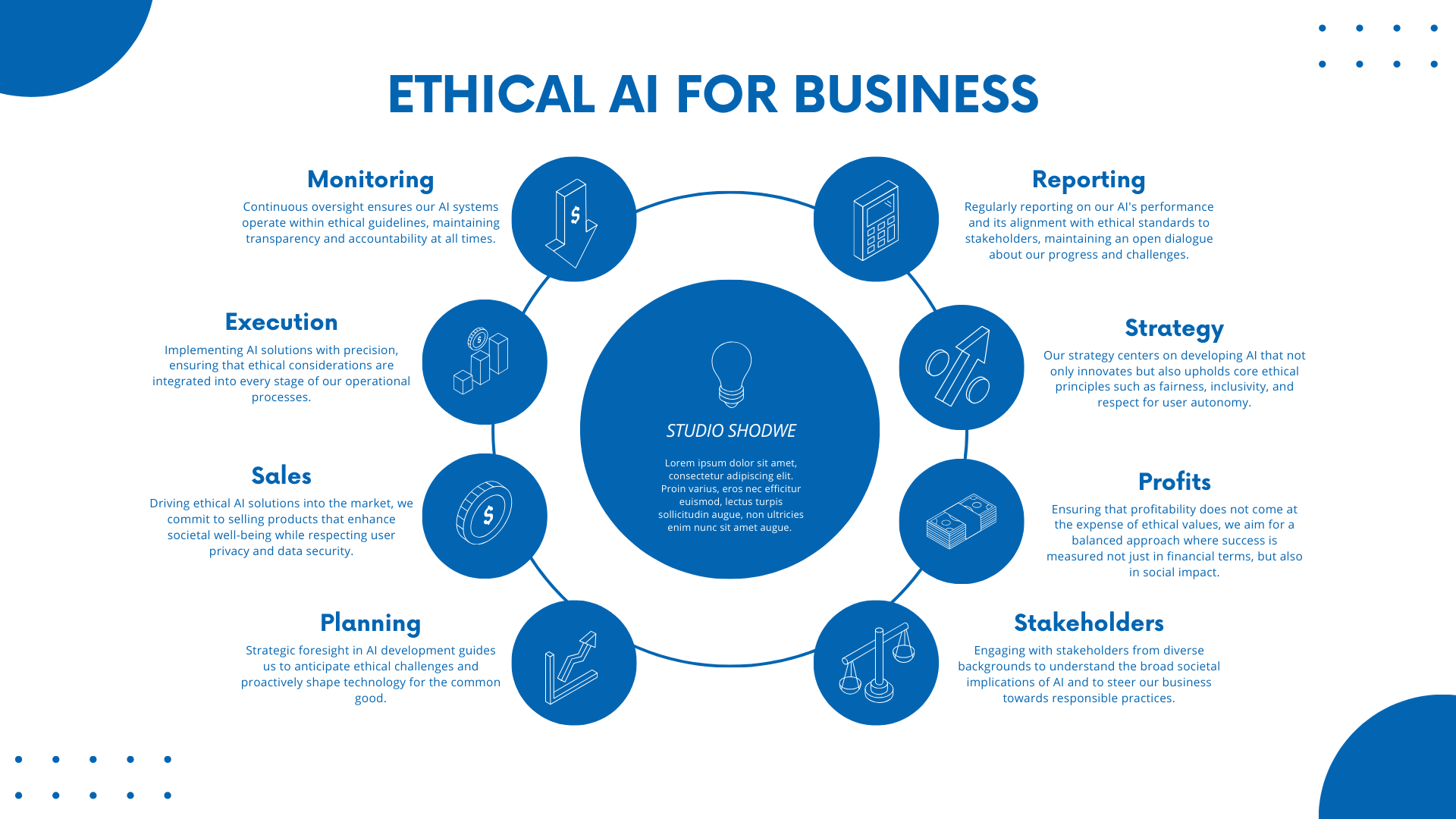Predictive Customer Segmentation: Revolutionizing Marketing with Vector Databases
Content:
- Introduction
- Real-Time Personalization in Retail
- Enhancing Customer Loyalty Programs in Hospitality
- Optimized Targeting in Marketing Campaigns
- Product Development and Innovation in Tech
- Risk Assessment in Financial Services
In the rapidly evolving world of digital marketing and customer relationship management, businesses continually seek innovative methods to understand and segment their customer base.

Predictive customer segmentation, powered by Vector Databases, is transforming how companies approach this task.
Moving beyond traditional, static categorization based on demographic data, predictive segmentation uses advanced algorithms to analyze customer traits and behaviors, enabling dynamic, real-time grouping.
This article explores five compelling use cases, illustrating how businesses can harness this technology for deeper customer insights and more effective marketing strategies.
-
Real-Time Personalization in Retail
Scenario
A fashion retail company seeks to personalize its online shopping experience in real time. Traditional segmentation methods based on age, gender, and past purchases aren't enough to capture the ever-changing preferences of its diverse clientele.
Application
By utilizing Vector Databases to analyze current browsing data, purchase history, and even social media interactions, the company can dynamically segment customers.
This means that as a young woman shops for athletic wear, she's immediately categorized into a "sporty-chic" segment, and the website adapts to show relevant products, deals, and content, elevating her shopping experience and potentially increasing her spending.
-
Enhancing Customer Loyalty Programs in Hospitality
Scenario
A hotel chain wants to upgrade its loyalty program, aiming to provide more personalized services to its guests.
Application
Through predictive segmentation, the hotel can classify guests not just based on the frequency and duration of stays, but also their preferences, such as room types, facilities used, and even dining habits.
This granular segmentation enables the hotel to offer customized rewards and experiences, like a complimentary spa day for a frequent traveler who regularly uses the spa services, thereby enhancing guest satisfaction and loyalty.
-
Optimized Targeting in Marketing Campaigns
Scenario
A digital marketing agency struggles with low engagement rates in its email campaigns.
Application
By analyzing customer interaction data (email open rates, click-throughs, website navigation patterns) with vector databases, the agency can create dynamic customer segments.
For instance, customers who often read emails about tech gadgets but rarely about fashion can be grouped into a "tech-savvy" segment, receiving more relevant and engaging tech-related content, thus improving the overall campaign performance.
-
Product Development and Innovation in Tech
Scenario
A technology company plans to launch new products but is unsure which features would appeal to its diverse user base.
Application
Predictive segmentation can uncover hidden customer groups based on usage patterns, feature preferences, and feedback on existing products.
Identifying a segment that frequently uses voice commands on the company’s devices, for example, could lead to prioritizing voice-enabled features in new product developments.
-
Risk Assessment in Financial Services
Scenario
A bank wants to refine its credit scoring system by understanding the financial behavior of its customers better.
Application
Vector Databases enable the bank to segment customers dynamically based on a variety of financial behaviors, not just credit history.
Factors like spending patterns, saving habits, and even the types of purchases made can create a more nuanced risk profile for each customer, aiding in more accurate credit scoring and tailored financial advice.

Predictive customer segmentation using Vector Databases allows businesses to understand their customers in ways that were previously impossible.
This dynamic, real-time segmentation leads to more personalized customer experiences, more effective marketing campaigns, more innovative products, and smarter business decisions.
By harnessing the power of Vector Databases, businesses can stay ahead in the game of understanding customer needs and behaviors, providing tailored solutions, and ultimately achieving greater customer satisfaction and loyalty.